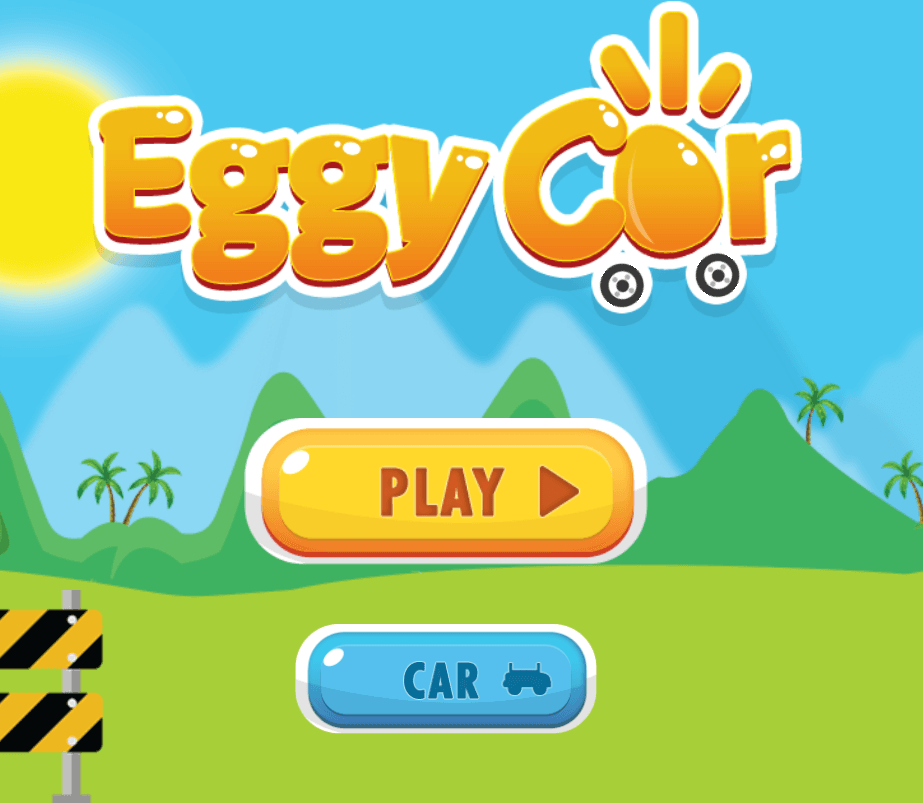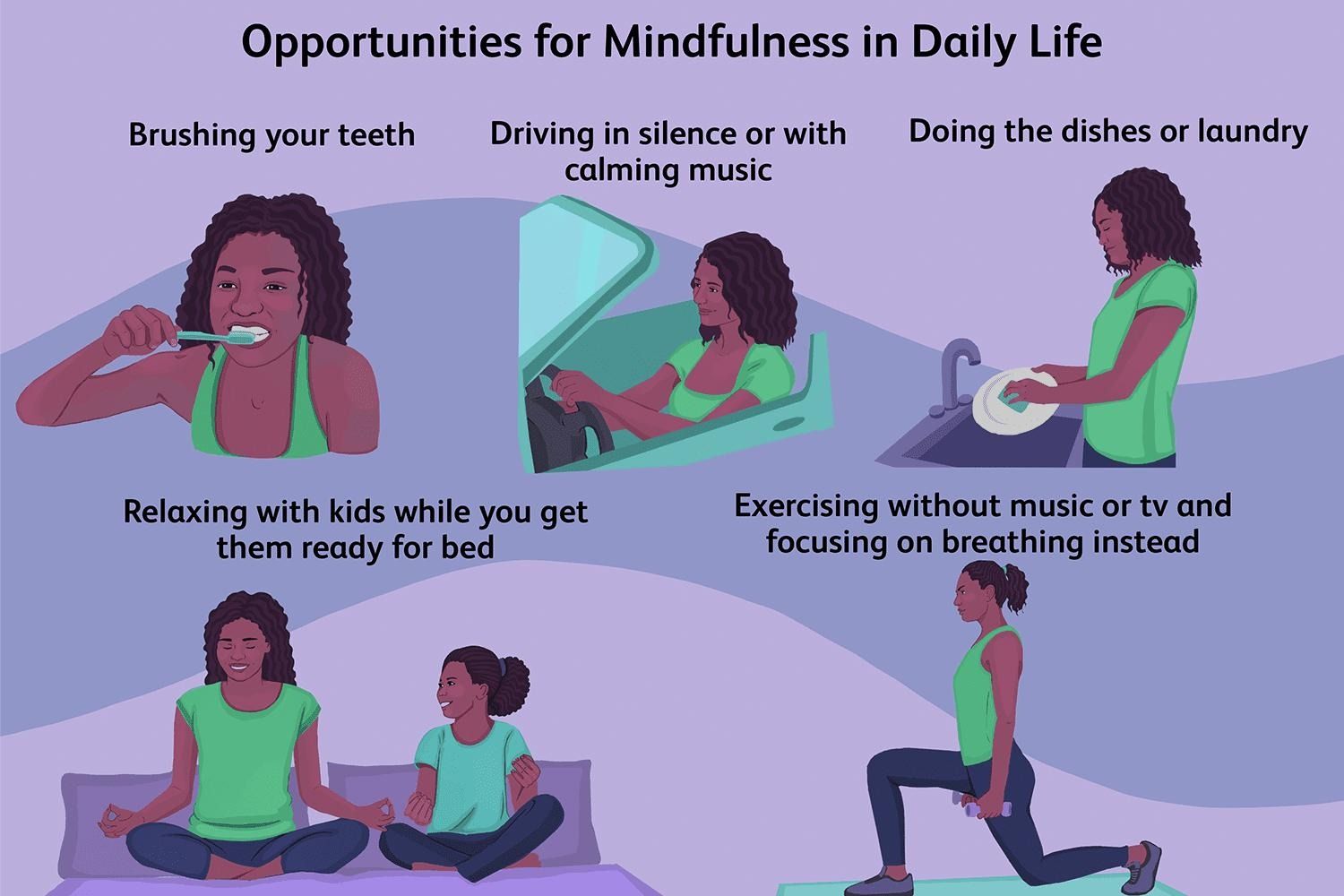

Discover the transformative power of meditation, even with a hectic schedule. Let’s learn more about this topic below with Eggy Car as we explore simple yet effective techniques to cultivate mindfulness and inner peace amidst life’s daily chaos.
Meditation is an ancient practice that has gained immense popularity in recent years due to its numerous benefits for both mental and physical well-being. For busy beginners, understanding the fundamentals of meditation is crucial to establishing a sustainable practice. At its core, meditation is about focusing the mind and becoming aware of the present moment. It’s not about emptying your mind of all thoughts, but rather observing them without judgment.
One of the most common misconceptions about meditation is that it requires hours of sitting in silence. In reality, even short periods of mindfulness can be incredibly beneficial. The key is consistency and finding a practice that works for your lifestyle. As you begin your meditation journey, it’s important to approach it with an open mind and without expectations. Remember, there’s no “right” way to meditate, and what works for one person may not work for another.
For busy individuals, incorporating meditation into daily life might seem challenging at first. However, with the right techniques and mindset, it’s possible to reap the benefits of meditation even with a packed schedule. The goal is to start small and gradually build up your practice. Even a few minutes of mindfulness each day can make a significant difference in your overall well-being.
When it comes to meditation for busy beginners, simplicity is key. There are several easy-to-implement techniques that can be seamlessly integrated into your daily routine. One such technique is the Eggy Car method, which involves focusing on a simple, familiar object to anchor your attention. This could be an actual egg-shaped object or any item that’s easily visualizable. The idea is to use this image as a focal point to bring your mind back when it starts to wander.
Another effective technique for busy individuals is breath awareness meditation. This practice involves simply paying attention to your breath as it moves in and out of your body. You can do this for just a few minutes at a time, making it perfect for short breaks during the day. Start by taking a few deep breaths to center yourself, then allow your breathing to return to its natural rhythm. As you breathe, notice the sensation of the air moving in and out of your nostrils or the rise and fall of your chest or abdomen.
For those who find it difficult to sit still, walking meditation can be a great alternative. This practice combines the benefits of physical activity with mindfulness. As you walk, pay attention to the sensation of your feet touching the ground, the movement of your legs, and the rhythm of your breath. You can practice this during your commute, on a lunch break, or even while running errands. The key is to stay present and aware of your body’s movements and sensations.
Meditation doesn’t always have to be a separate activity; you can incorporate mindfulness into your everyday tasks. This approach, often called informal meditation, allows you to cultivate awareness throughout your day. For example, when you’re eating, take the time to really savor your food. Notice the flavors, textures, and aromas. When you’re washing dishes, focus on the sensation of the water on your hands and the process of cleaning each item.
Another way to bring mindfulness into your daily life is through the Eggy Car technique. As you go about your day, choose moments to focus on a simple, egg-shaped object or visualize one in your mind. This can serve as a quick reset button for your attention, helping you stay grounded and present. You might do this while waiting in line, during a meeting break, or even while stuck in traffic.
Remember, the goal of these practices is not to achieve a particular state of mind, but rather to become more aware of your thoughts, feelings, and surroundings. By incorporating these simple techniques into your daily routine, you can gradually build a more mindful approach to life, even with a busy schedule.
For busy beginners, creating a sustainable meditation practice is all about finding what works for you and making it a consistent part of your routine. Start by setting realistic goals. Instead of aiming for long meditation sessions right away, begin with just a few minutes each day. You can gradually increase the duration as you become more comfortable with the practice.
Consistency is more important than duration when it comes to meditation. It’s better to meditate for five minutes every day than to do an hour-long session once a week. Try to find a regular time that works for you, whether it’s first thing in the morning, during your lunch break, or before bed. The Eggy Car method can be particularly helpful here, as it’s a quick and easy technique that can be done almost anywhere, at any time.
Creating a dedicated space for your practice can also be helpful, even if it’s just a corner of a room. This doesn’t have to be elaborate – a comfortable cushion or chair and maybe a candle or a small plant can be enough to create a sense of calm and ritual. However, don’t let the lack of a perfect space stop you from meditating. Remember, you can practice mindfulness anywhere, even in a busy office or on public transportation.
As a busy beginner, you’re likely to face some challenges as you start your meditation practice. One common issue is finding the time to meditate. Remember, even short sessions can be beneficial. If you can’t find a solid block of time, try breaking your practice into smaller chunks throughout the day. You might do a minute of mindful breathing in the morning, practice the Eggy Car technique during your commute, and do a short walking meditation during your lunch break.
Another challenge many beginners face is a wandering mind. It’s important to understand that this is completely normal and doesn’t mean you’re “bad” at meditation. When you notice your mind has wandered, simply acknowledge the thought and gently bring your attention back to your focus point, whether that’s your breath, a visualization like the Eggy Car, or the sensation of walking.
Feeling restless or impatient during meditation is also common, especially for busy individuals used to constant activity. If this happens, try to observe these feelings without judgment. You might find it helpful to do a body scan, mentally noting any areas of tension or discomfort. Remember, the goal is not to achieve a particular state, but simply to be present with whatever arises.
As you develop a consistent meditation practice, even if it’s just a few minutes a day, you’re likely to notice a range of benefits. One of the most immediate effects is often a sense of calm and reduced stress. Regular meditation has been shown to lower cortisol levels, the hormone associated with stress, leading to improved overall well-being.
Improved focus and concentration are other significant benefits of meditation. By training your mind to stay present, whether through breath awareness or techniques like the Eggy Car method, you’re strengthening your ability to concentrate on tasks in your daily life. This can lead to increased productivity and efficiency, which is particularly valuable for busy individuals.
Meditation can also contribute to better emotional regulation. As you become more aware of your thoughts and feelings through mindfulness practices, you may find it easier to respond to challenging situations with calm and clarity, rather than reacting impulsively. This can lead to improved relationships and a greater sense of emotional balance.
Physical health can also benefit from regular meditation. Studies have shown that consistent practice can lead to lower blood pressure, improved immune function, and better sleep quality. For busy individuals often juggling multiple responsibilities, these health benefits can be particularly valuable in maintaining overall well-being.
While the immediate benefits of meditation can be felt relatively quickly, the long-term effects of a consistent practice can be even more profound. Research has shown that regular meditation can actually change the structure of the brain, increasing gray matter in areas associated with learning, memory, and emotional regulation.
Over time, meditation can lead to a fundamental shift in how you relate to your thoughts and experiences. Many long-term practitioners report a greater sense of clarity, purpose, and connection to themselves and others. This can translate into improved decision-making skills, enhanced creativity, and a more positive outlook on life.
For busy individuals, the cumulative effects of meditation can be particularly transformative.